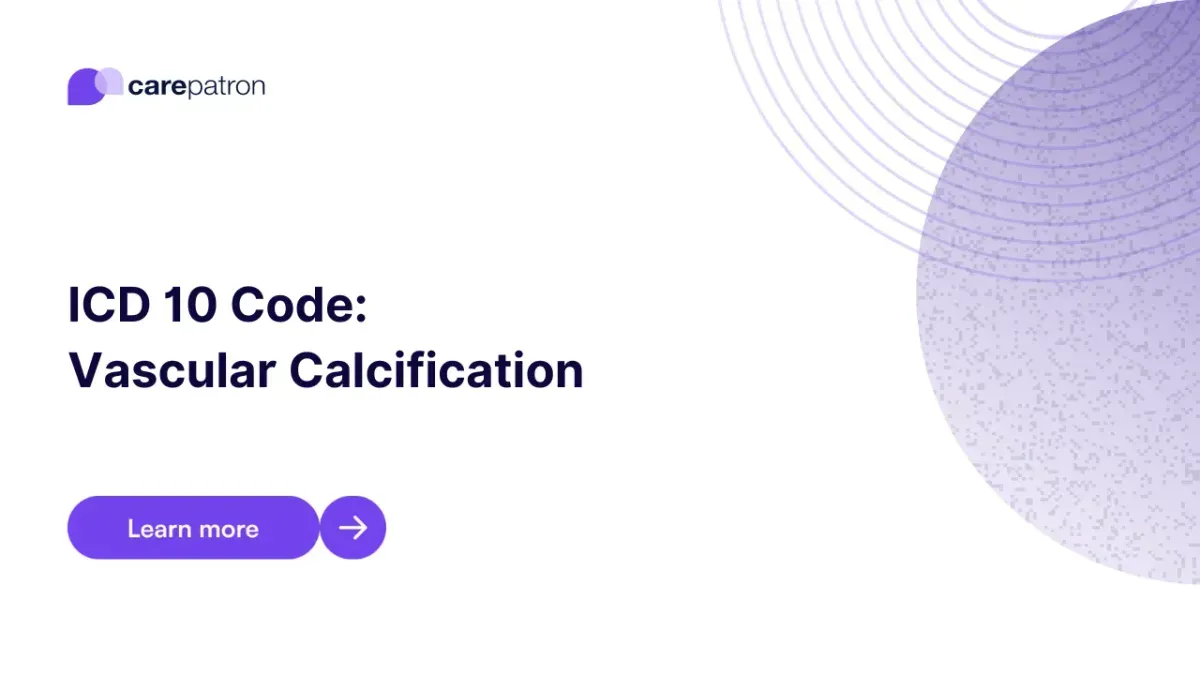
Vascular Calcification ICD-10-CM Codes
Discover essential ICD-10 Codes Used for Vascular Calcification. Explore their significance for proper coding that ensures accurate billing and treatment.
Use Code
Commonly asked questions
An ICD code for vascular calcification is utilized to categorize this condition in medical records and billing. Ensuring accurate ICD coding is crucial for appropriate treatment and insurance reimbursement.The choice of the specific ICD code depends on factors like the location, severity of calcification, and patient symptoms.
The treatments for vascular calcification depend on its location, severity, and symptoms. They include lifestyle changes like quitting smoking and exercising, medications such as statins and calcium channel blockers, as well as surgical procedures like angioplasty or coronary artery bypass grafting when required, tailored to each patient's needs.
A diagnosis code for vascular calcification is a numerical identifier used to categorize this condition in medical documentation and billing. Accurate coding ensures proper treatment and insurance reimbursement. ICD codes for vascular calcification vary depending on the location, severity, and symptoms.
EHR and practice management software
Get started for free
*No credit card required
Free
$0/usd
Unlimited clients
Telehealth
1GB of storage
Client portal text
Automated billing and online payments
